The UH/LSU game on Wednesday night was a great win for the Coogs – a gritty effort in an ugly game. There was very little flow in a game that was dominated by the whistle.
There were 76 free throws attempted in the game – 38 by each team. LSU made 29 free throws but hit just 21 shots from the floor. The Coogs made 26 shots and 26 free throws. When two teams make more free throws than shots then it’s a good sign that you have an over-officiated game.
There were a total of 51 fouls called in the game (24 on UH, 27 on LSU). To give you an idea of how off the charts that is, UH averaged 16.4 fouls in their first 8 games (LSU averaged 16.9 in their 9 previous games). That means the teams combined for 18 more fouls than their season-long norms.
UH’s opponents have averaged 16.25 fouls per game before last night while LSU’s opponents averaged 18.5 – had those averaged held, there’d have been 16 less fouls called. Hell, the Oregon game was tightly called but there were only 42 fouls called – nine less than Wednesday.
To go deeper, there were 17 fouls were called in the first 11 minutes of the game and another 18 were called in the first 11 minutes of the second half. Why does the timing matter?
Because it got both teams to the bonus within the first 10 minutes of each half. And my crazy conspiracy theory says that’s intentional.
My Theory on the Quick Whistle
Refs get tired, too. These guys are 40-50-60 years old running with elite athletes. And they’re doing it for 2+ hours a night, 4-5 times a week. Some nights, these refs call a tight game early to get the teams to the bonus. That way, they get routine breathers and can relax for a bit. I think that’s what we saw Wednesday night.
The three refs working the LSU game were very experienced – “TV Teddy” Ted Valentine, Doug Sirmons, and Terry Oglesby. Valentine is 59 years old while Oglesby and Sirmons are younger but both near 50.

And then there’s the workload: all 3 of those refs are consistently in the top-20 in the country in the number of games they work per year. Each routinely works over 80 NCAA games a year.
This season, there are just 131 days between the season-opener (November 6) and the end of the conference tournaments (March 17). 80+ games in 131 nights – you can see why that could be an issue. And it’s not unusual to see a ref work 8 games in 10 days. That’s a lot of work for a 59 year old.
Through Thursday night, Sirmons has worked 28 games through the first 37 days of the season in 13 different states. Valentine has worked 27 games in 13 states. That’s a lot of late nights, early morning flights, and a daily grind to keep your legs and mind fresh.
Here’s an average ref workload in the first 3 weeks of this season. But even this hectic schedule is less than Sirmons or Valentine worked:

That’s a lot of games, a lot of flights. Texas-North Carolina-Alabama-Texas-Pennsylvania in a five-night stretch. How do you deal with that workload? Especially on old legs and doing it 3-4-5 nights in a row?
Some nights, you call a tight game to get to the bonus. You create a little longer game but an easier game to work as an official: less fast breaks and more standing around.
Anyways … that’s my theory.
Photos By Mario Puente
[ratings]
Special: 30% OFF THE 1ST YEAR
Subscribe to GoCoogs Insider to get access to quality, year-round UH Cougars coverage. And now, you can get a subscription for 30% off our regular price for the first year!
*After year one, your subscription renews at regular price.
Next Up:
#GoCoogs


